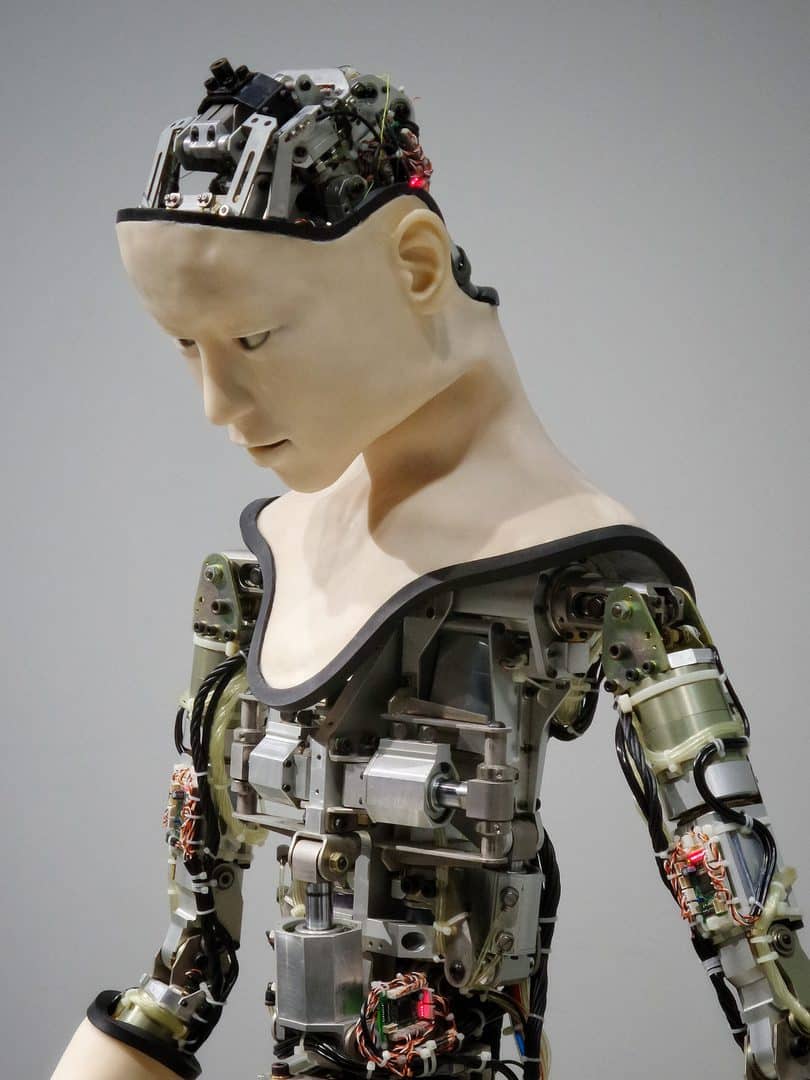The customer experience has become the key to corporate success. Everything we read assures us what we have to concentrate on is technology. But is it?
We have seen a huge revolution in customer service in recent years. Every decade has set the bar higher than before for what is expected. With technology, they are better informed, demand better service, and are more likely to change brands if they do not receive it.
The customer experience has never been more important. Customers want fast service. They like instant information, which means a superb FAQ system on your web site works well for both customer and you.
Some companies are stretching their budgets to provide virtual or augmented reality in their advertisements and on their websites in the hope of providing the customer experience they know is essential.
More communication is being done on mobile phones and messaging apps. This can make service a great deal easier given that it enables the customer to send pictures or videos actually showing their problems to the customer service agent. A saving of time and aggravation all round and no vast investment required. A win-win in customer experience.
So far, so good. But with digital channels set to finally overtake live voice contact, it is the provision of omnichannel that has companies panicked. Small companies especially are struggling to provide customer service on several different channels in the same style, at the same speed and to the same level of quality.
We have come to believe that we will lose our customers if we don’t take advantage of all the snazzy customer analytics than can personalize all our marketing communications. We are urged to buy newer and cleverer programs.
Customer experience – should it all be automated?
We are fighting to buy automated pro-active technology that will raise a flag on shortfalls of products before our customer spots them, enabling us to contact the customer to tell them about a problem and put it right before the customer is upset.
Businesses are now relying on AI solutions. They are labor-saving – something every company wants to achieve – while at the same time delivering a more accurate performance on mundane tasks. With robotic assistants listening in, customer service agents no longer have to scramble for an answer, but can have it whispered in their ear so all they have to do is approve it.
Integration is the buzz word in the customer experience world: Integration of all our channels of communication, integration of the customer experience, integration of technology, and humans.
The Global Customer Experience benchmarking report was underlining the gap between organizations that believe technology is needed to transform the customer experience for survival and those that are failing to implement a strategy of achieving it.
I would just like to cast one tiny shadow over this. Some are unconvinced that the entire answer lies in new technology. They remember Facebook’s chatbot failure rate last year, where 70% of them failed to provide the correct answer without human intervention. Some are old school and find that a string of emojis (supposedly the way we humanize digital conversations) can irritate an angry customer further.
Certainly, most of us have been frustrated having to hang on an endless phone call, listening to recordings, and automated responses when all we want is to talk to a human being.
To make a customer happy, you have to give them what they want. The most recent Engine report suggested that customers are less interested in the digital side of service than we are led to believe. Only 15% of those surveyed felt businesses should invest in tech-like voice assistants and only 22% on chatbots. Overall, 62% just wanted a simple, flexible customer experience.
In the five years since Engine has carried out this annual survey, what customers want most has remained unchanged, with “openness and honesty” a clear winner followed by efficiency and reliability. Personalization and pro-active service, so apparently essential, are actually near the bottom of the list.
Joe Heapy, the co-founder of Engine, feels that customers will become more attuned to the advantages of automation and agrees there is a strong argument for the added time-saving value of tech. However, he feels time-saving is only part of the equation when it comes to being valuable and valued by customers.
“The opportunity,” he told me, “is in mastering the human and robot mix. To do this requires a more complete understanding of what people value and an approach to designing services that result in an experience that pushes more emotional buttons – in a good way. Brands that do well, master the technology, and the ability to connect with customers emotionally. It’s not either/or.”
I agree. Sales have always been about pushing emotional buttons. We know the way to the hearts of the new generations of customers, techno-savvy they may be, is through genuine, authentic business relationships.
They may recognize and appreciate the efficiency of automation on something routine. My conclusions for the customer experience haven’t changed since I wrote the original version of this article. We are a long way off having authentic, genuine relationships with a bot. Thank heavens.
You might also enjoy this on robotics


